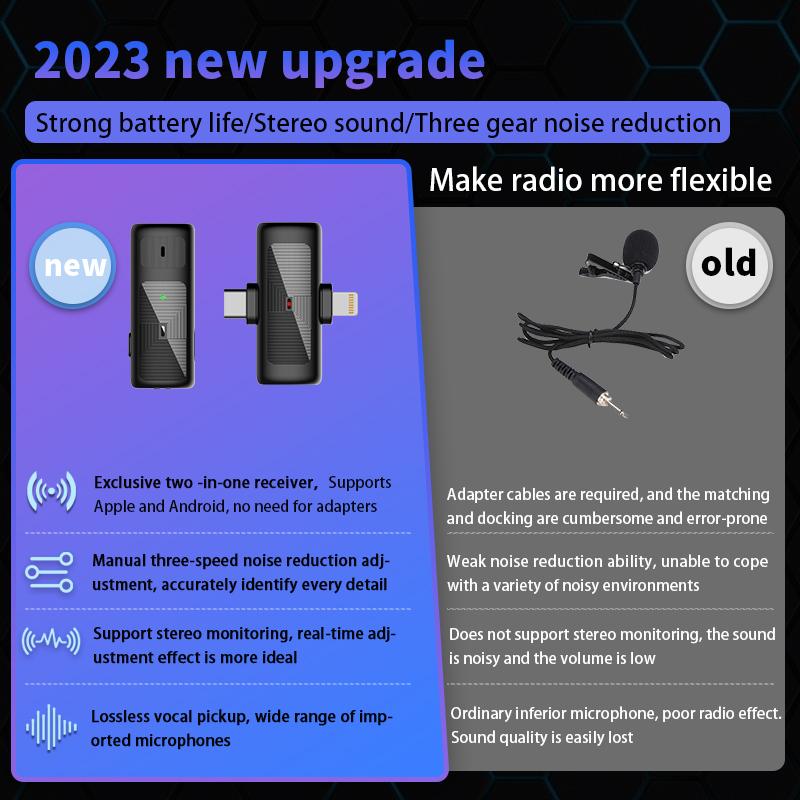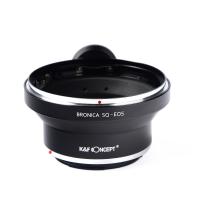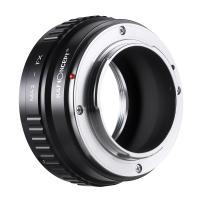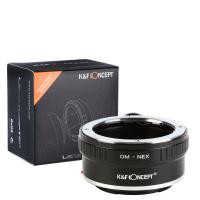How Transmission Electron Microscope Works ?
Transmission electron microscopes (TEMs) use a beam of electrons to create an image of a sample. The electron beam is generated by an electron gun and is focused onto the sample using a series of electromagnetic lenses. As the electrons pass through the sample, they interact with the atoms and molecules, causing them to scatter and absorb some of the electrons.
The scattered electrons are then collected by a detector and used to create an image of the sample. The image is formed by the differences in the scattering and absorption of the electrons by the different parts of the sample.
TEMs can achieve much higher magnifications than light microscopes, allowing for the observation of very small structures such as individual atoms. They are widely used in materials science, biology, and other fields to study the structure and properties of materials at the nanoscale.
1、 Electron Source
How Transmission Electron Microscope Works - Electron Source
The electron source is a critical component of a transmission electron microscope (TEM). It is responsible for generating a beam of electrons that will be focused and directed towards the sample being studied. The electron source typically consists of a heated filament or a field-emission gun (FEG).
In a heated filament, a tungsten wire is heated to a high temperature, causing electrons to be emitted from its surface. These electrons are then accelerated towards the sample by an electric field. In contrast, an FEG uses a sharp tip made of a material such as tungsten or lanthanum hexaboride (LaB6) to emit electrons through a process called field emission. FEGs can produce a much brighter and more coherent electron beam than heated filaments, resulting in higher resolution images.
Recent advancements in electron source technology have focused on improving the brightness and stability of the electron beam. One such development is the use of cold field-emission guns (CFEGs), which operate at lower temperatures than traditional FEGs and can produce even brighter and more stable electron beams. Another innovation is the use of laser-driven electron sources, which use ultrafast laser pulses to generate high-energy electron beams with extremely short pulse durations.
Overall, the electron source is a crucial component of a TEM, and advancements in electron source technology continue to push the boundaries of what is possible in terms of imaging resolution and sensitivity.

2、 Electron Lenses
Transmission electron microscopes (TEMs) use a beam of electrons to create high-resolution images of thin samples. The electron beam is generated by an electron gun and focused by a series of electromagnetic lenses. These lenses work similarly to optical lenses, but instead of bending light, they bend the path of electrons using magnetic fields.
The sample is placed on a thin support film and inserted into the microscope's vacuum chamber. The electron beam passes through the sample, and the electrons that pass through are focused onto a fluorescent screen or detector. The resulting image is a projection of the sample's internal structure, with higher contrast areas corresponding to regions that scatter more electrons.
One of the key advantages of TEMs is their ability to achieve extremely high resolution. This is due to the short wavelength of electrons, which allows them to resolve features that are much smaller than the wavelength of visible light. In recent years, advances in electron optics and detector technology have further improved the resolution and sensitivity of TEMs.
Another important development in TEM technology is the use of aberration correction. Aberrations are distortions in the electron beam caused by imperfections in the lenses. By correcting for these aberrations, researchers can achieve even higher resolution and better image quality.
Overall, transmission electron microscopes are powerful tools for studying the structure and properties of materials at the nanoscale. With ongoing advances in technology, they continue to play a critical role in fields ranging from materials science to biology and medicine.

3、 Sample Holder
The sample holder is an essential component of a transmission electron microscope (TEM) that holds the sample in place during imaging. The holder must be able to withstand the high vacuum environment of the microscope and must be made of materials that do not interfere with the electron beam. The sample is typically mounted on a thin carbon film supported by a copper grid, which is then inserted into the holder.
In a TEM, a beam of electrons is generated by an electron gun and accelerated towards the sample. As the electrons pass through the sample, they interact with the atoms and produce a variety of signals, including transmitted electrons, scattered electrons, and secondary electrons. These signals are then detected by various detectors and used to create an image of the sample.
The sample holder plays a critical role in the imaging process by ensuring that the sample remains stable and in focus during imaging. The holder must be designed to minimize vibrations and thermal drift, which can cause blurring and distortion in the image. Additionally, the holder must be able to rotate the sample to different angles to allow for imaging from different perspectives.
Recent advances in sample holder technology have focused on improving the stability and precision of the holder. For example, some holders now use piezoelectric actuators to precisely position the sample and compensate for thermal drift. Other holders use cryogenic cooling to reduce thermal noise and improve image quality. These advances have enabled researchers to image samples with unprecedented resolution and clarity, opening up new avenues for scientific discovery.

4、 Detector
The detector in a transmission electron microscope (TEM) is an essential component that captures the electrons that pass through the sample. The detector is typically located below the sample and consists of a scintillator, which converts the electrons into photons, and a photomultiplier tube, which amplifies the photons and converts them into an electrical signal.
When the electrons pass through the sample, they interact with the atoms and produce various signals, including elastic scattering, inelastic scattering, and diffraction. The detector captures these signals and converts them into an image that can be viewed on a screen or recorded for further analysis.
Recent advancements in detector technology have greatly improved the resolution and sensitivity of TEMs. For example, direct electron detectors have been developed that can capture individual electrons with high efficiency and speed, allowing for the imaging of dynamic processes at the atomic scale.
Furthermore, the use of advanced algorithms and machine learning techniques has enabled the reconstruction of high-quality images from noisy data, further enhancing the capabilities of TEMs.
In summary, the detector in a TEM plays a crucial role in capturing the electrons that pass through the sample and converting them into an image. Recent advancements in detector technology have greatly improved the resolution and sensitivity of TEMs, enabling the imaging of dynamic processes at the atomic scale.






























There are no comments for this blog.